Everyone's afraid of something-or a lot of somethings. But fear isn't the same thing as a true phobia.
"A phobia consists of a persistent fear or avoidance of a specific stimulus," says Dr Kate Wolitzky-Taylor. "Usually the stimulus is a thing or a situation-like bees or heights." But there's a second component to phobias. "In addition, the fear causes significant distress or somehow impairs the person's life," Wolitzky-Taylor says.
So maybe you get creeped out by snakes or tight spaces-both of which are common, she says. Your fear may rise to the level of a phobia if you can''t even see snakes on TV without losing sleep, or you have to quit your job because getting to your office requires that you ride in a cramped elevator.
Where do these phobias come from? Your DNA may play a role. Wolitzky-Taylor says many people have genes that raise their risk for axiety-related disorders-an umbrealla term that includes phobias. but even if you don't have those phobia genes, you can develop one through learning or "conditioning". For example, if your parents always told you to be fearful of spiders, that could snowball into a phobia-especially if you also had a negtive experience with a spider.
Avoiding the thing that scares you can also increase its power over you. "Avoidance strengthens anxiety and keeps it going, and that's a recipe for phobia," Wolitzky-Taylor says. Quite literally, we can be afraid of just about anything. Keep reading to learn about the weirdest phobias out there.
(Want to pick up some healthier habits? Sign up for FREE to get healthy living tips, weight loss inspiration, slimming recipes and more delivered straight to your inbox!)
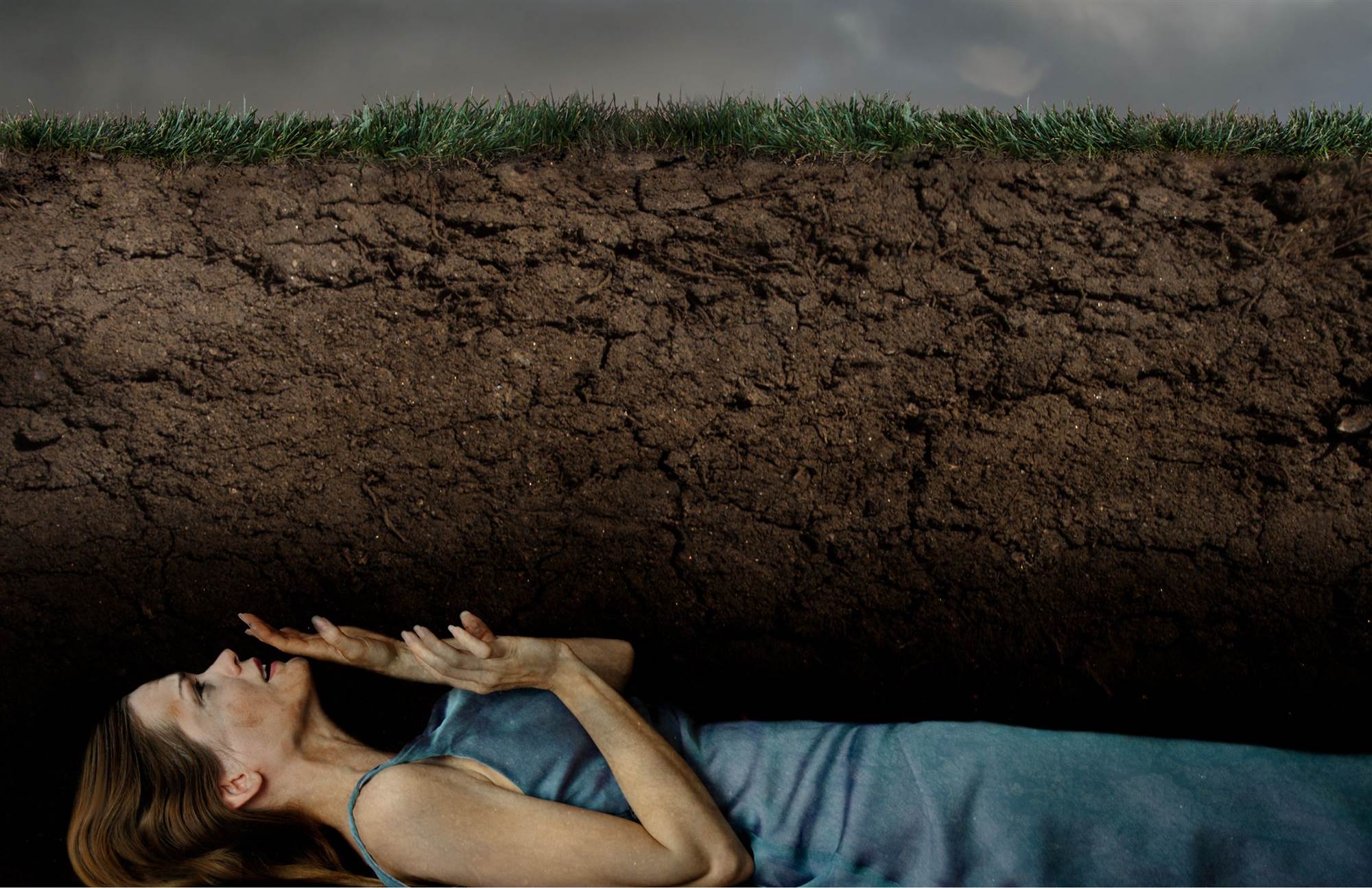
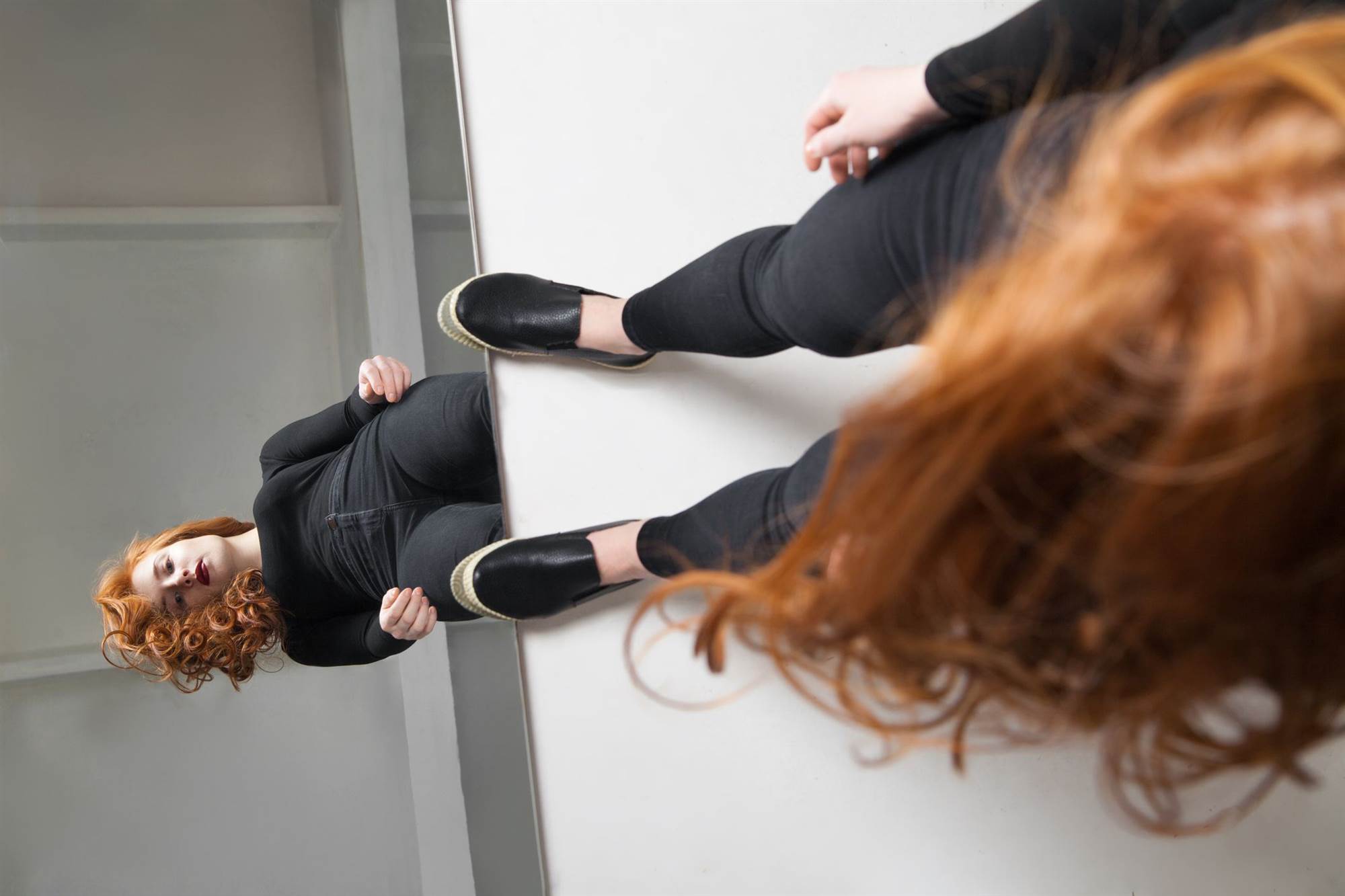
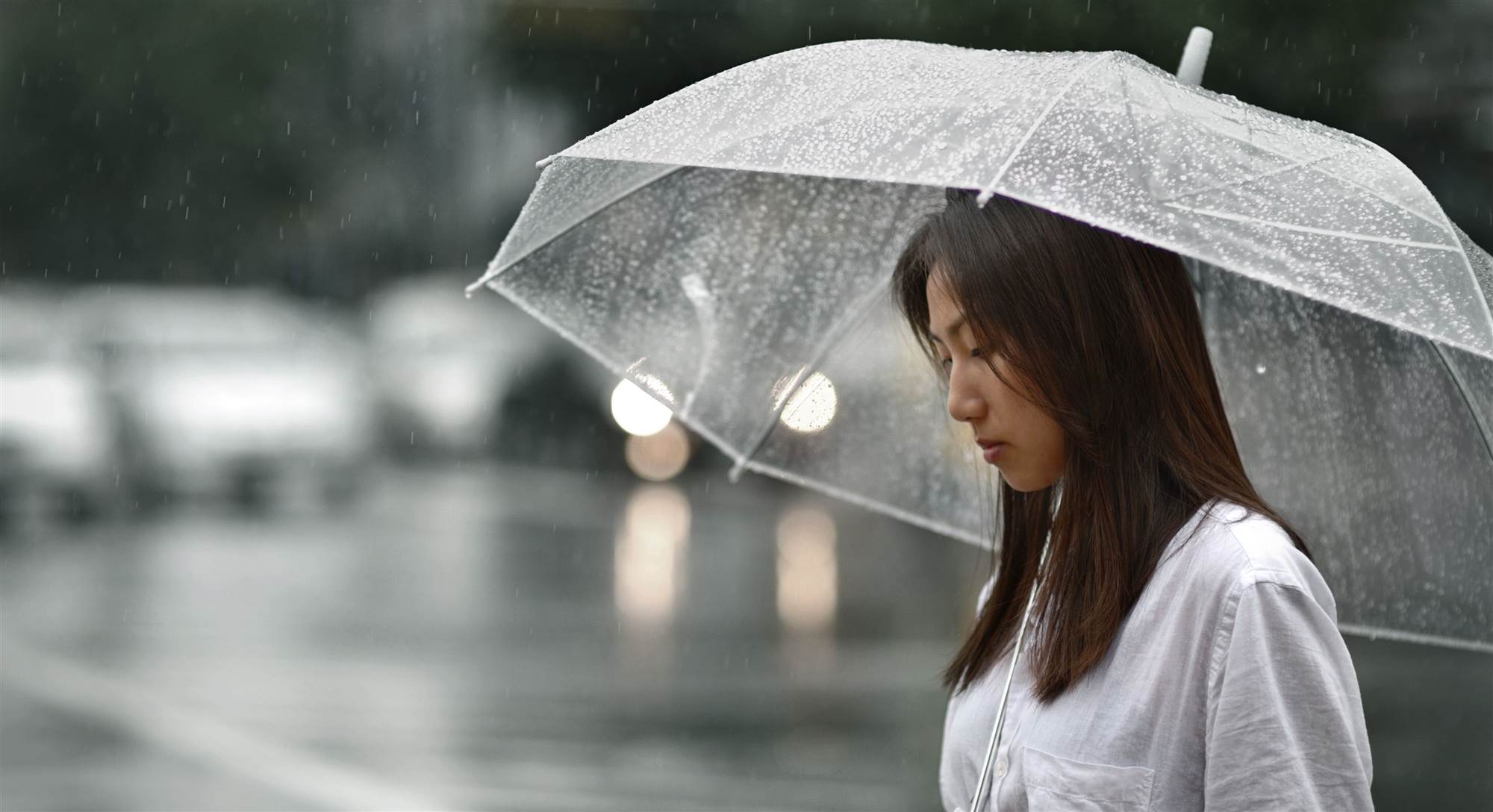
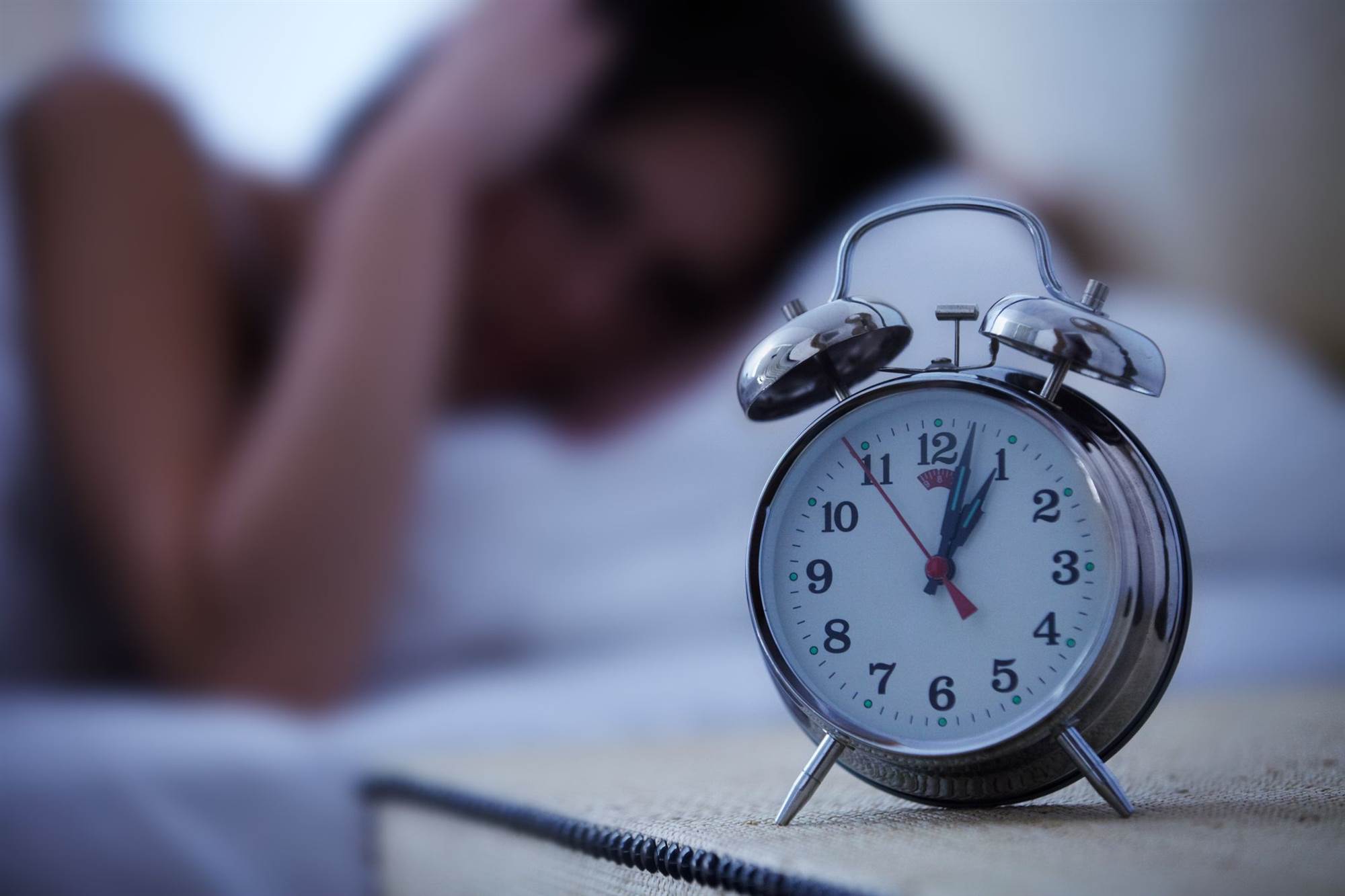

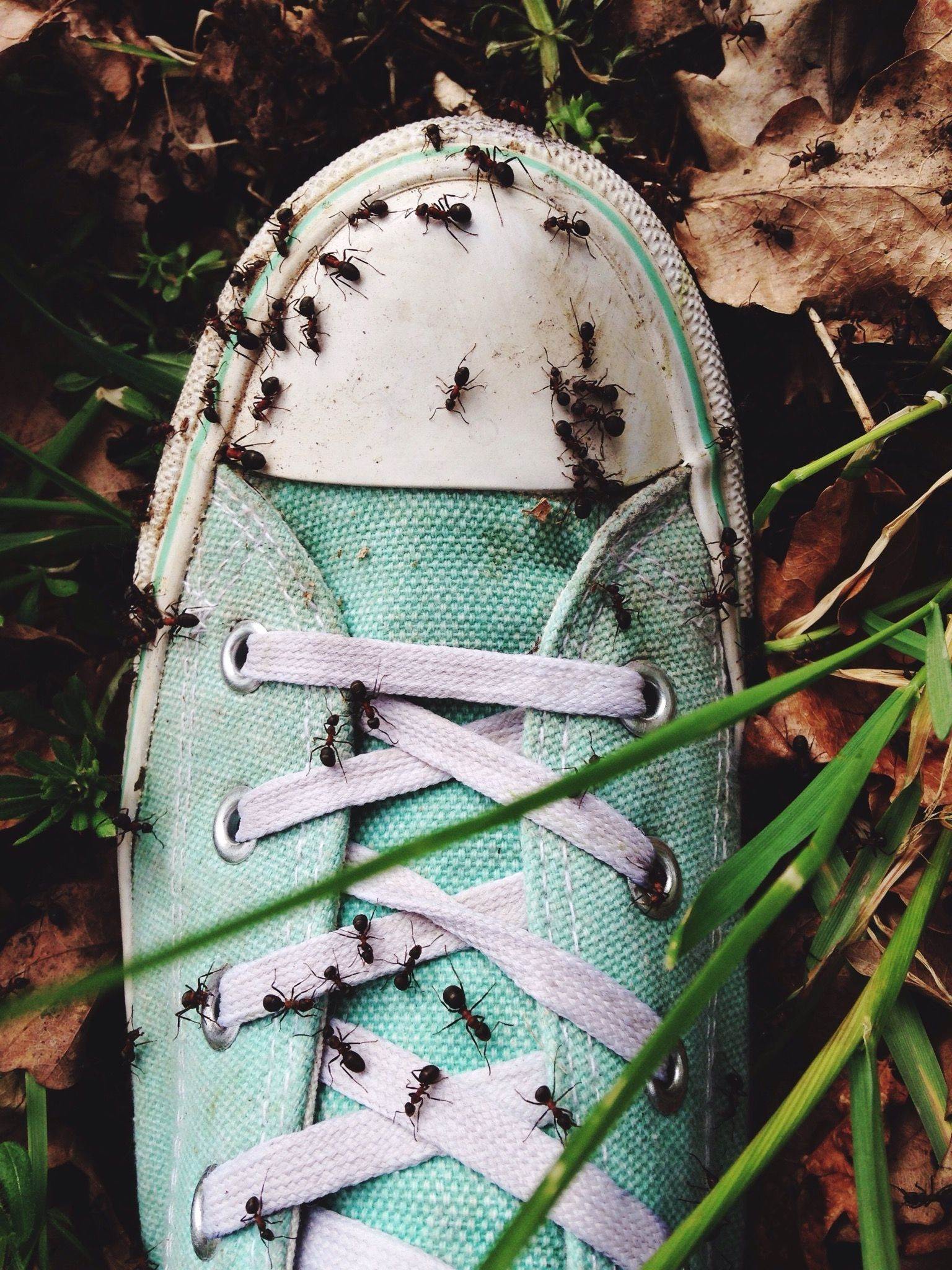


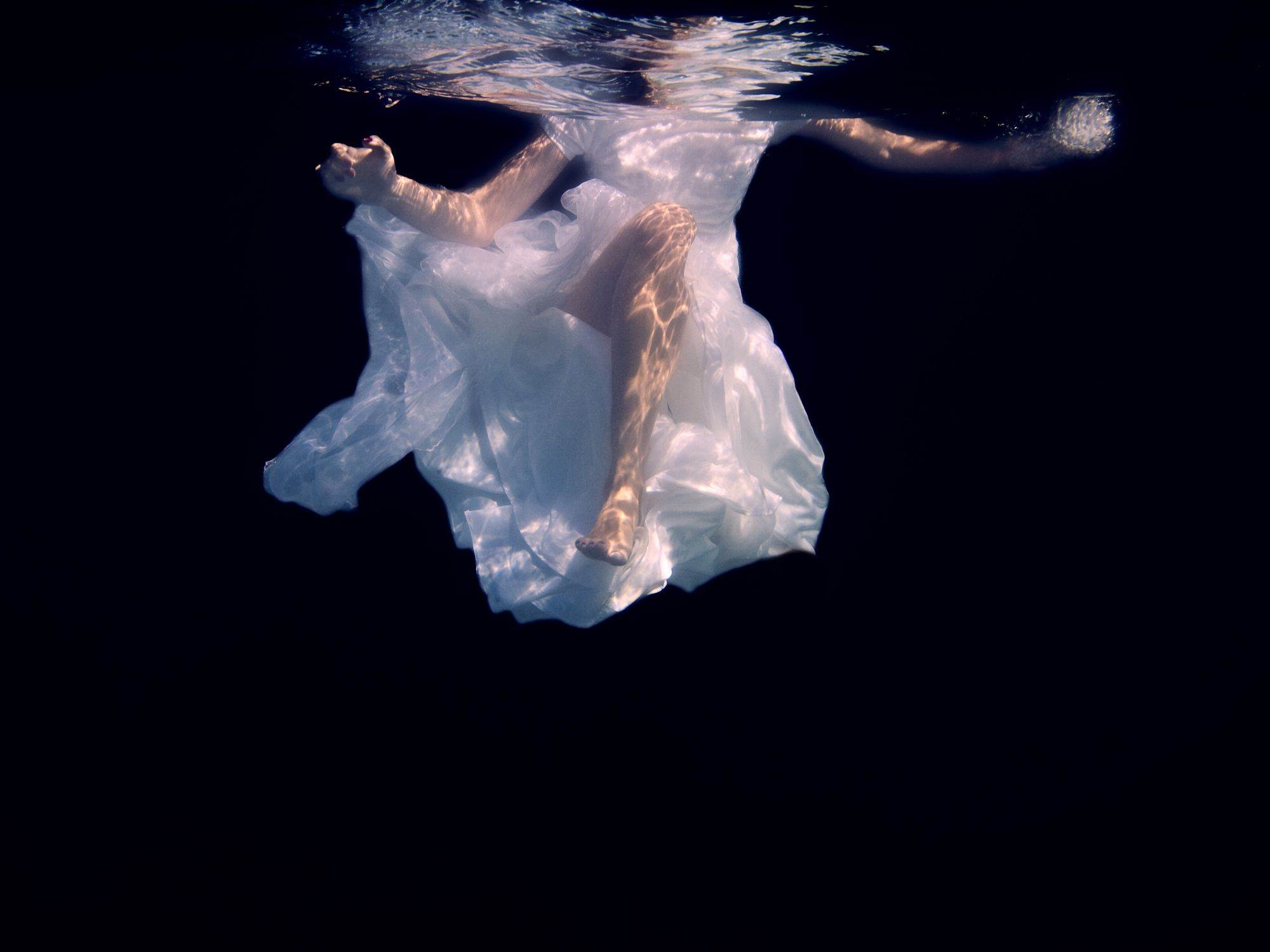

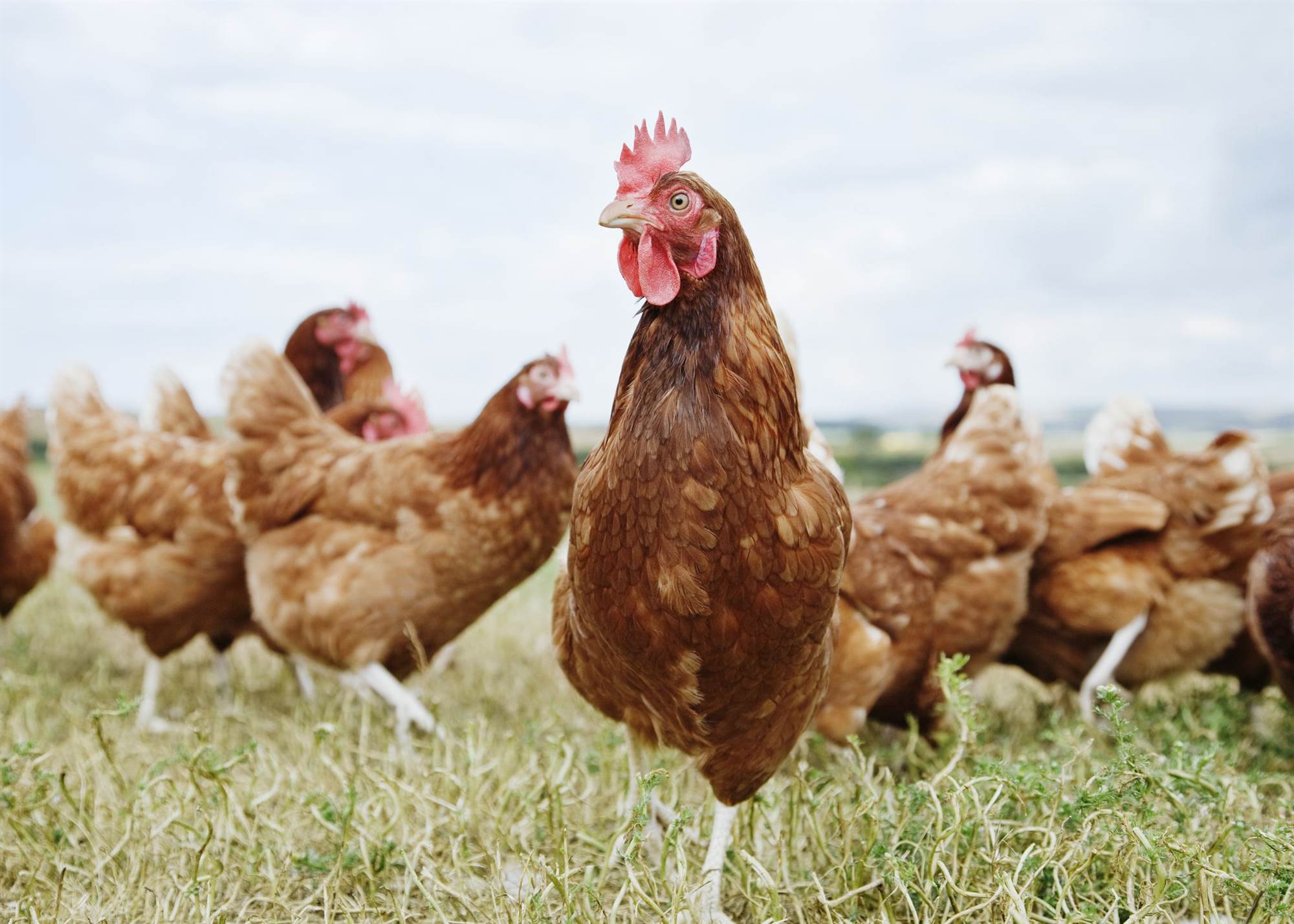

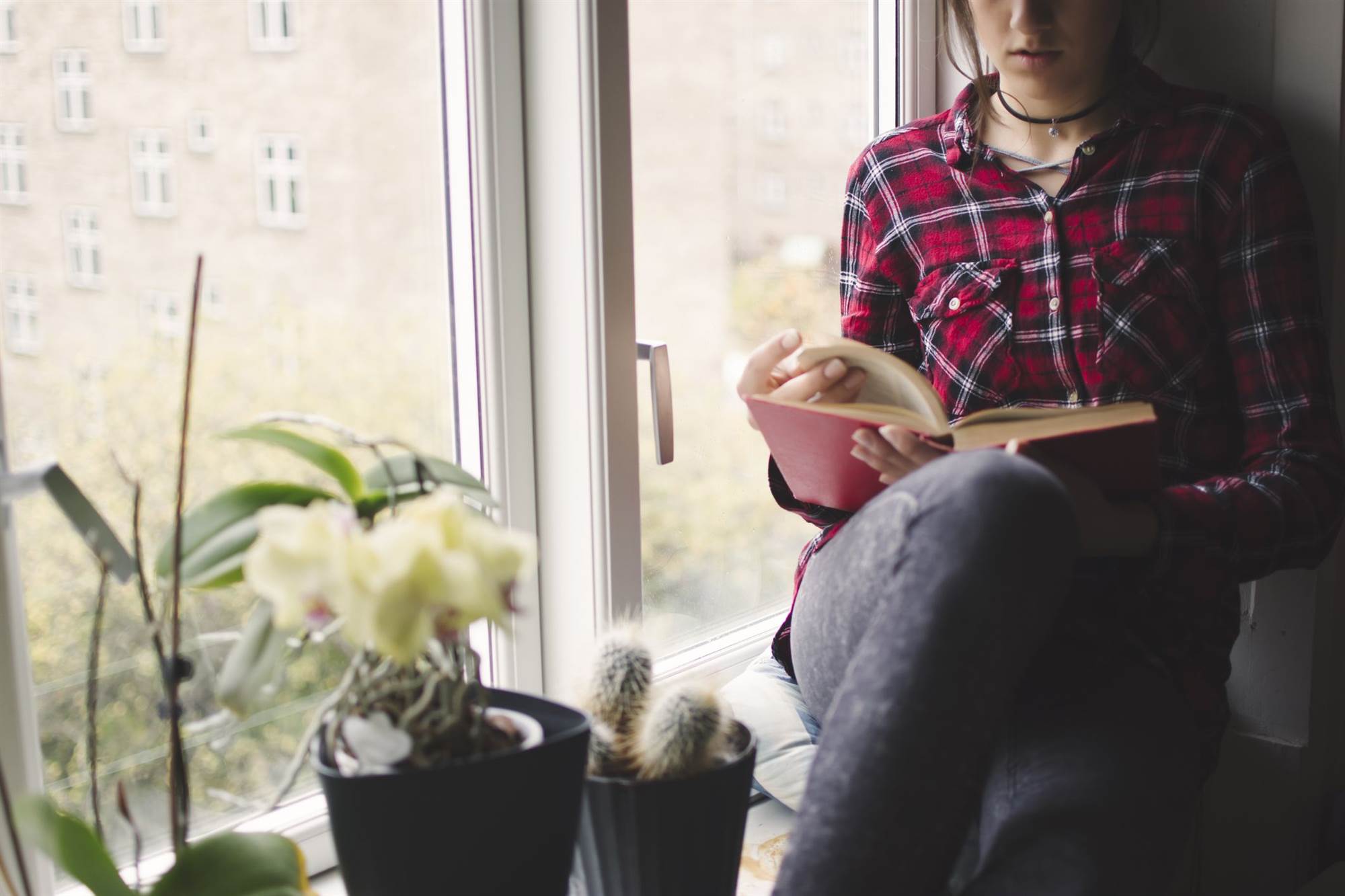
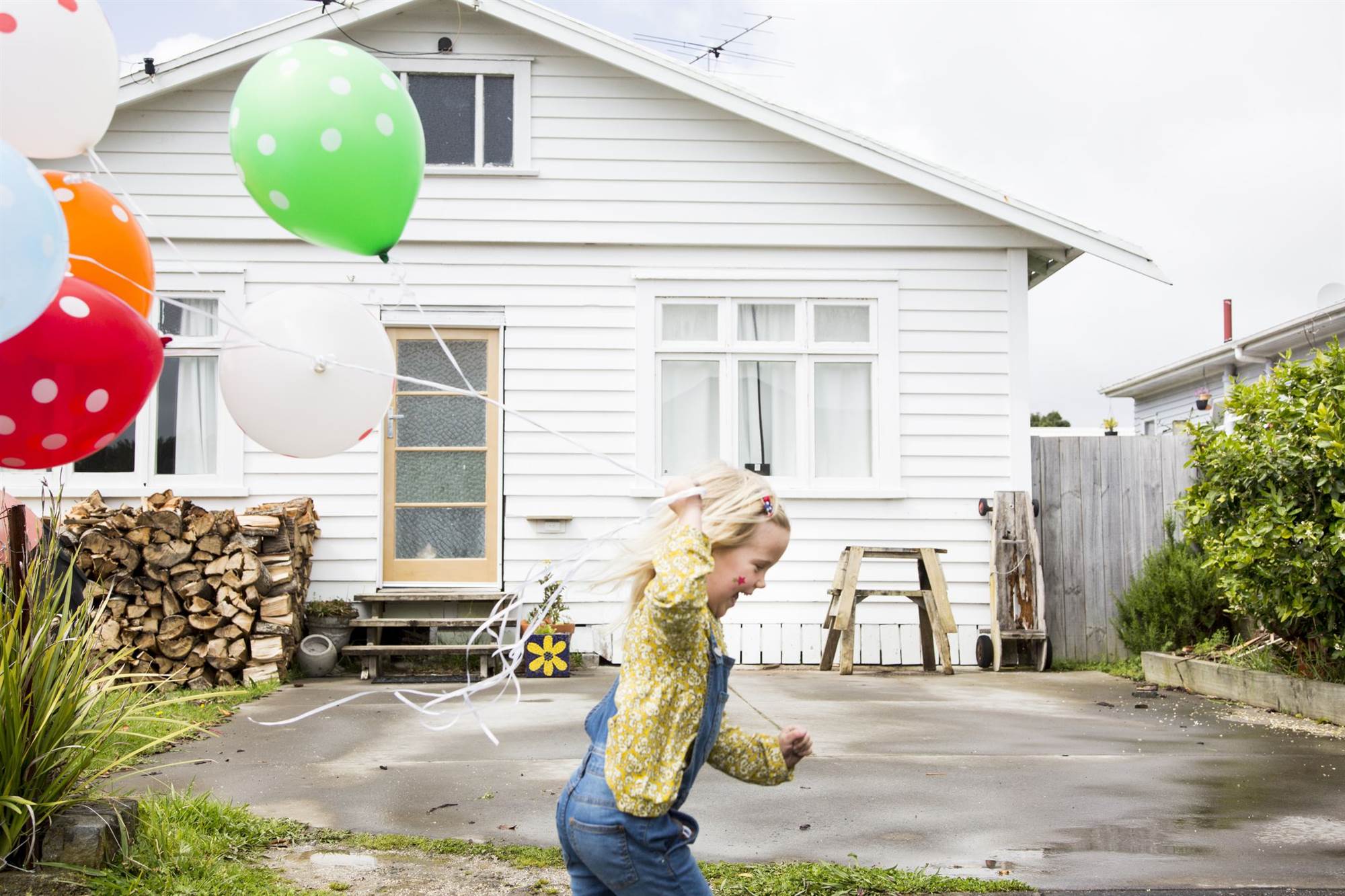
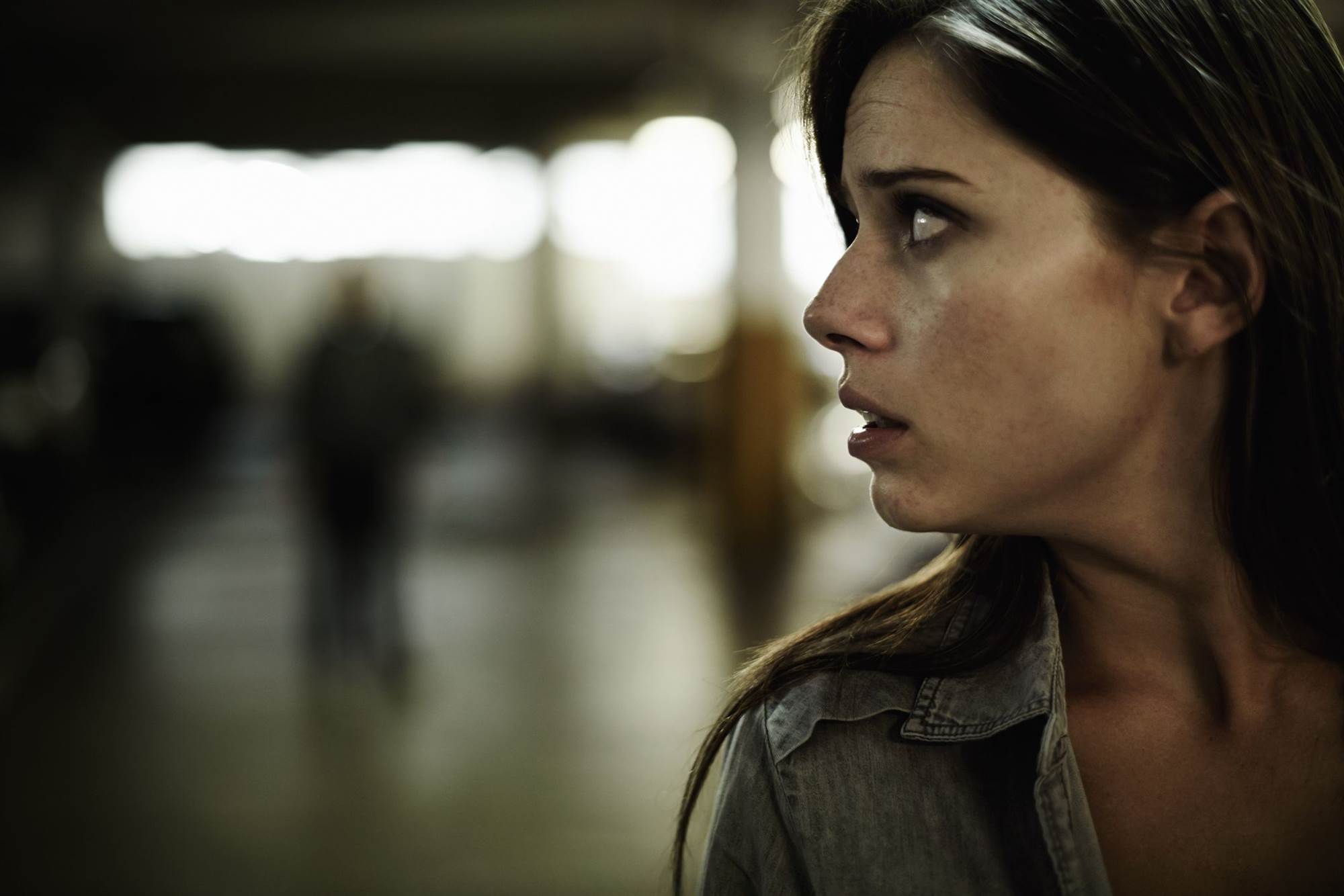
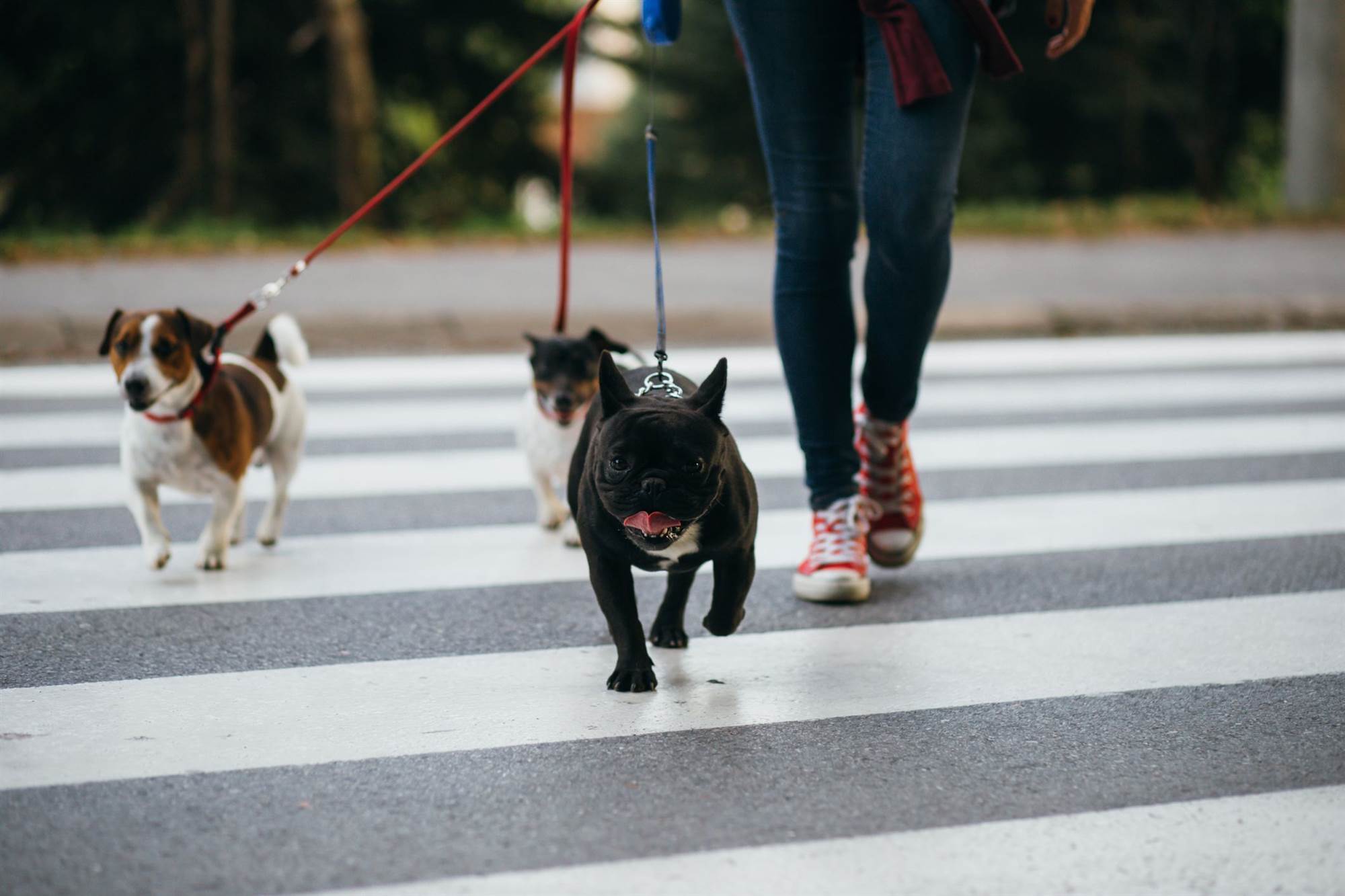
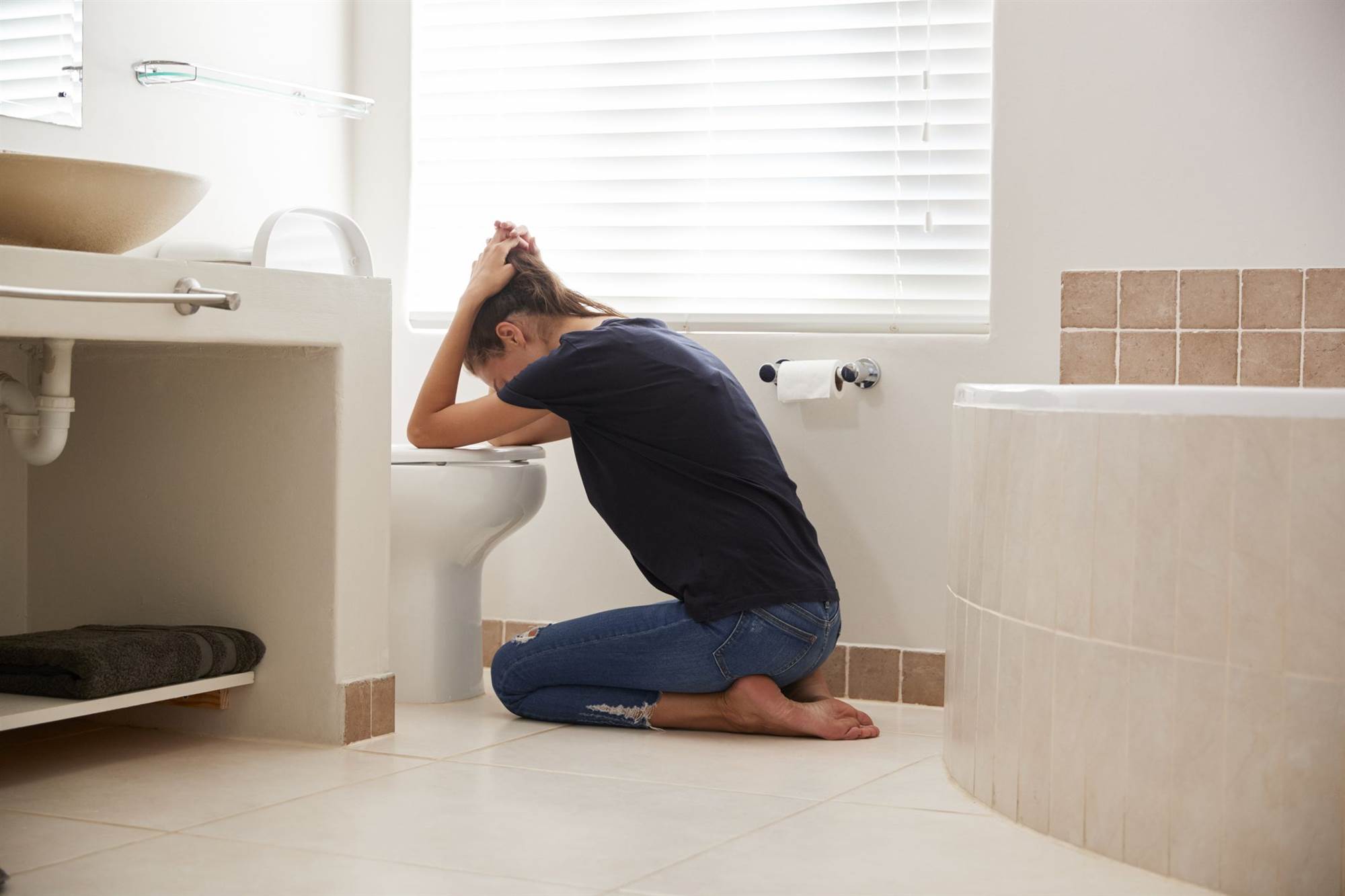
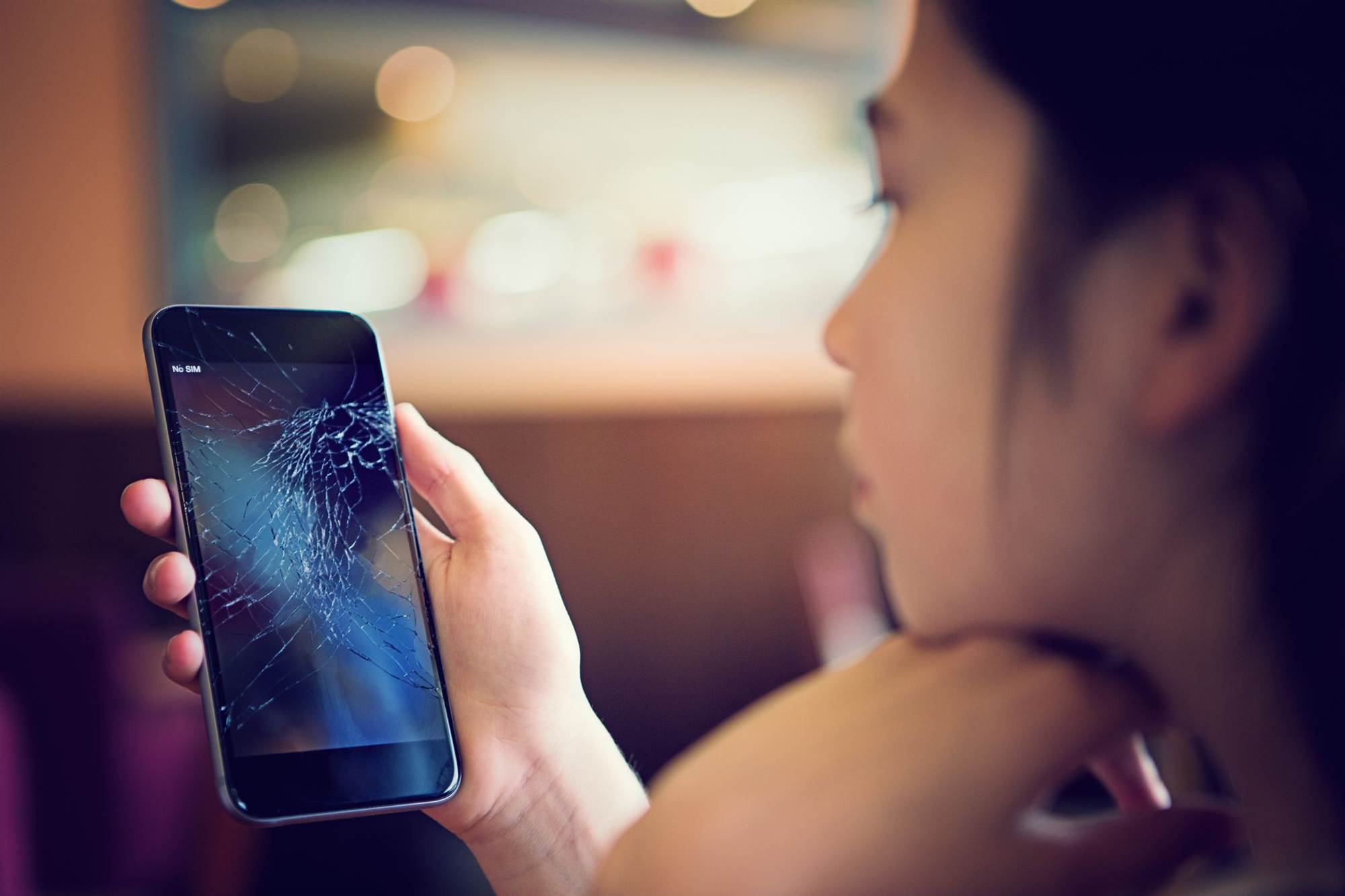
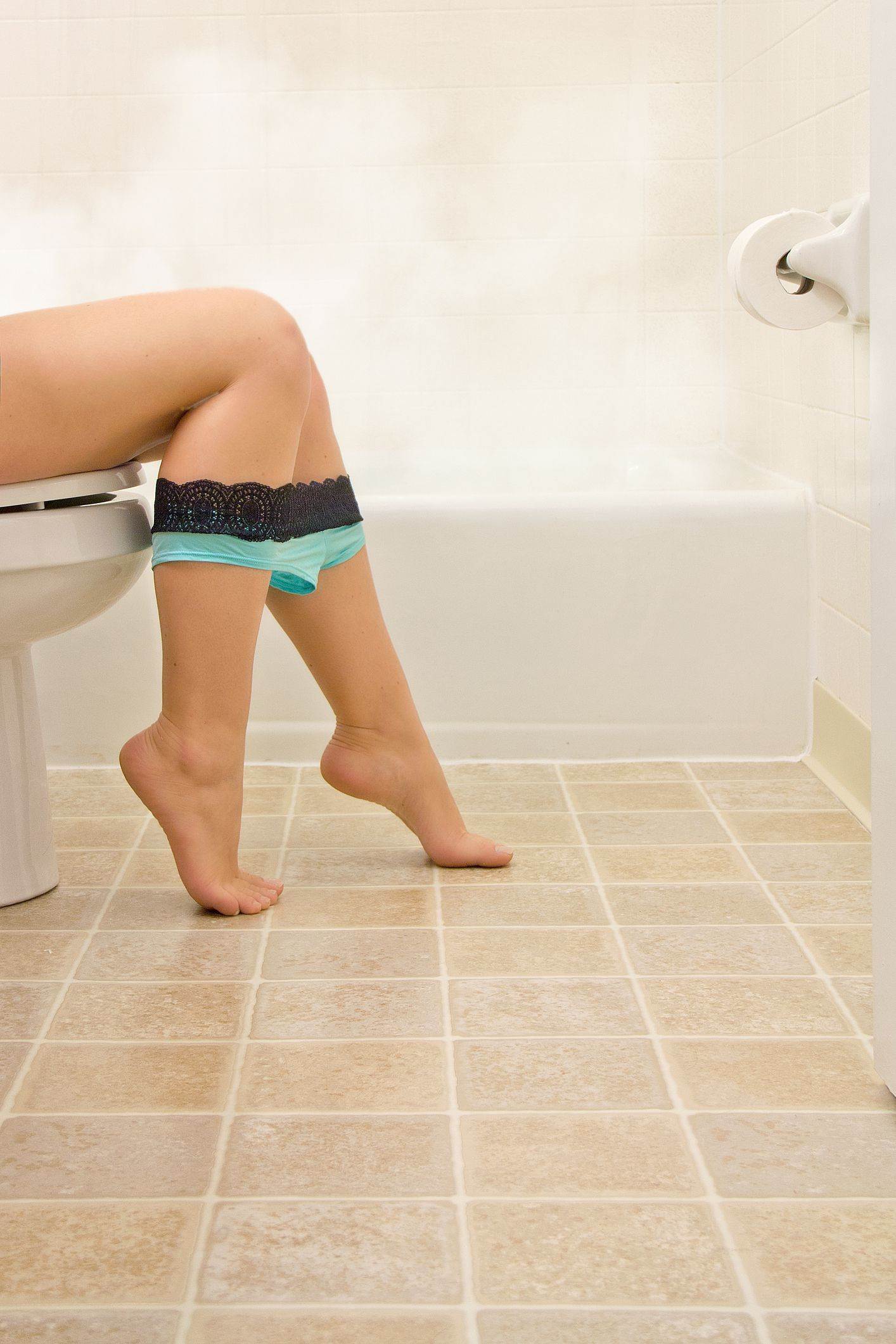
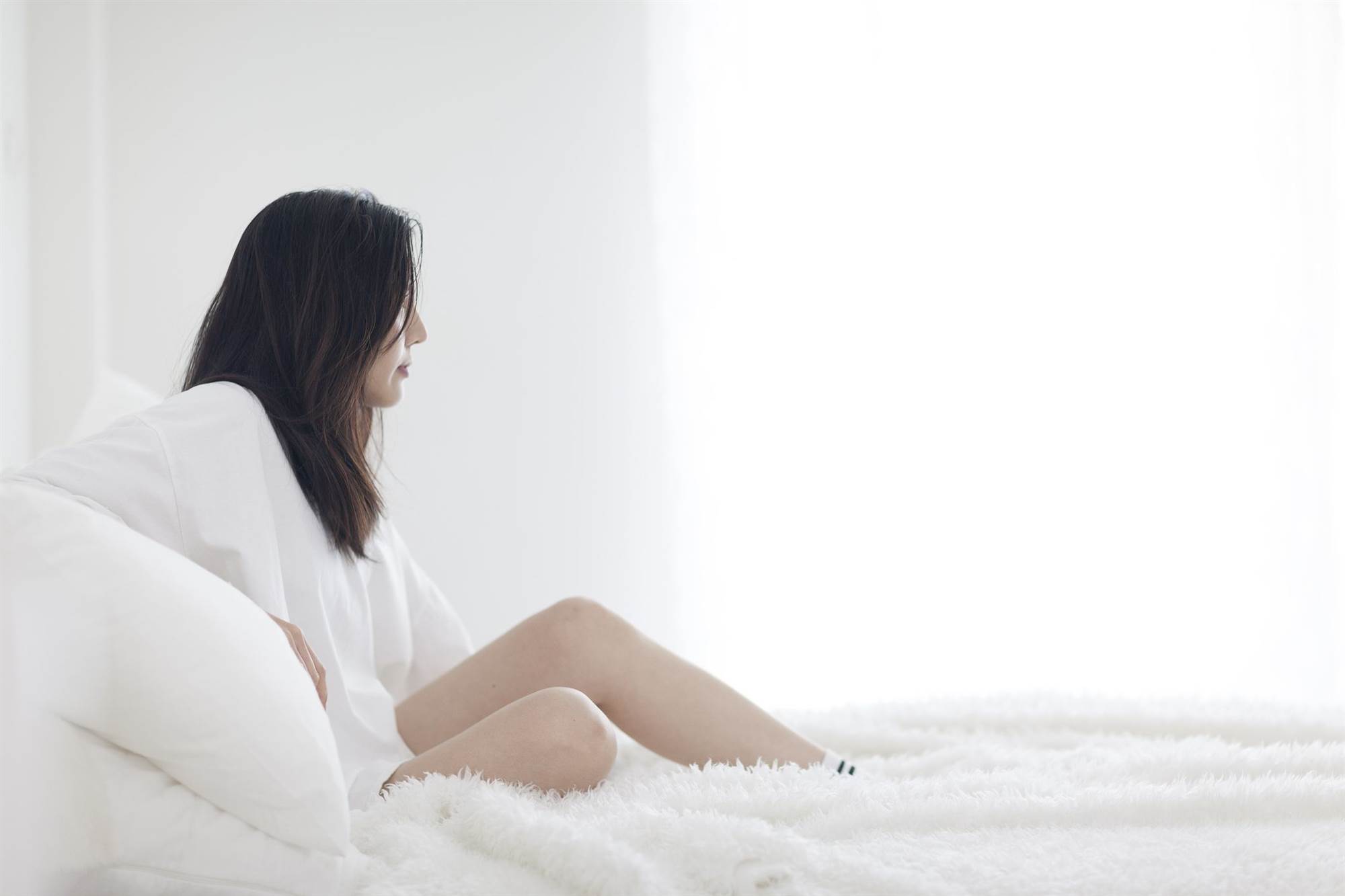


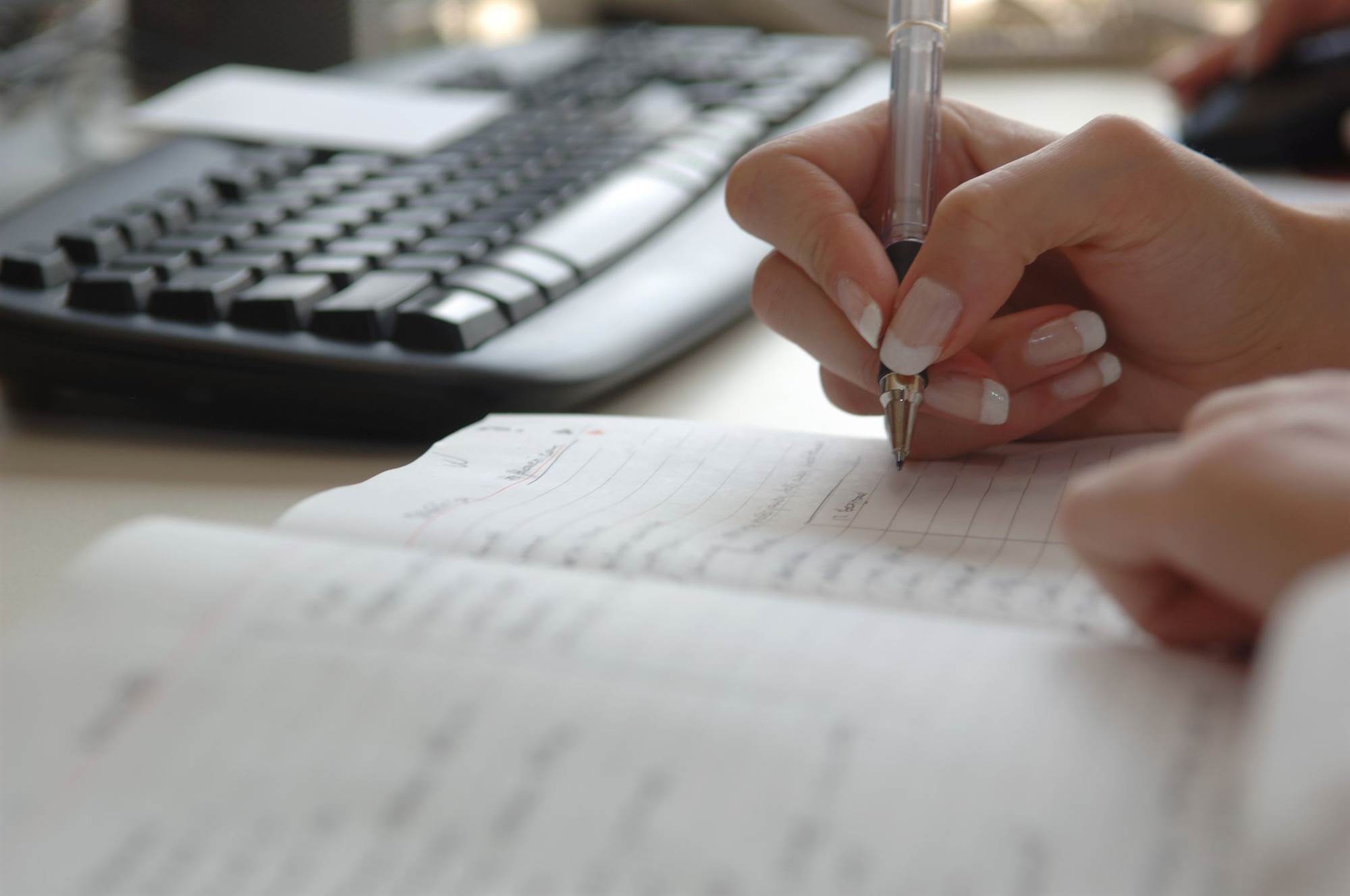
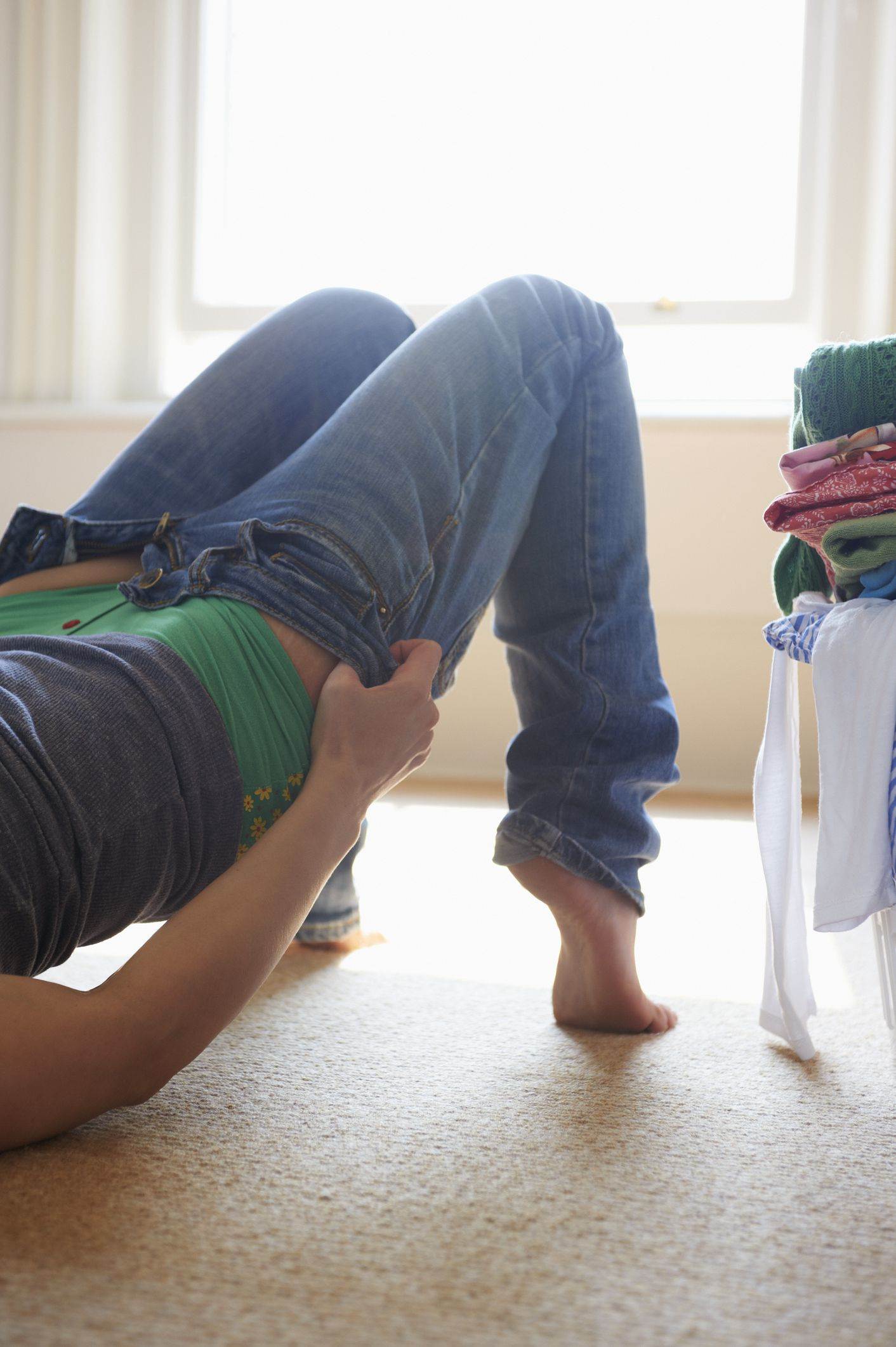

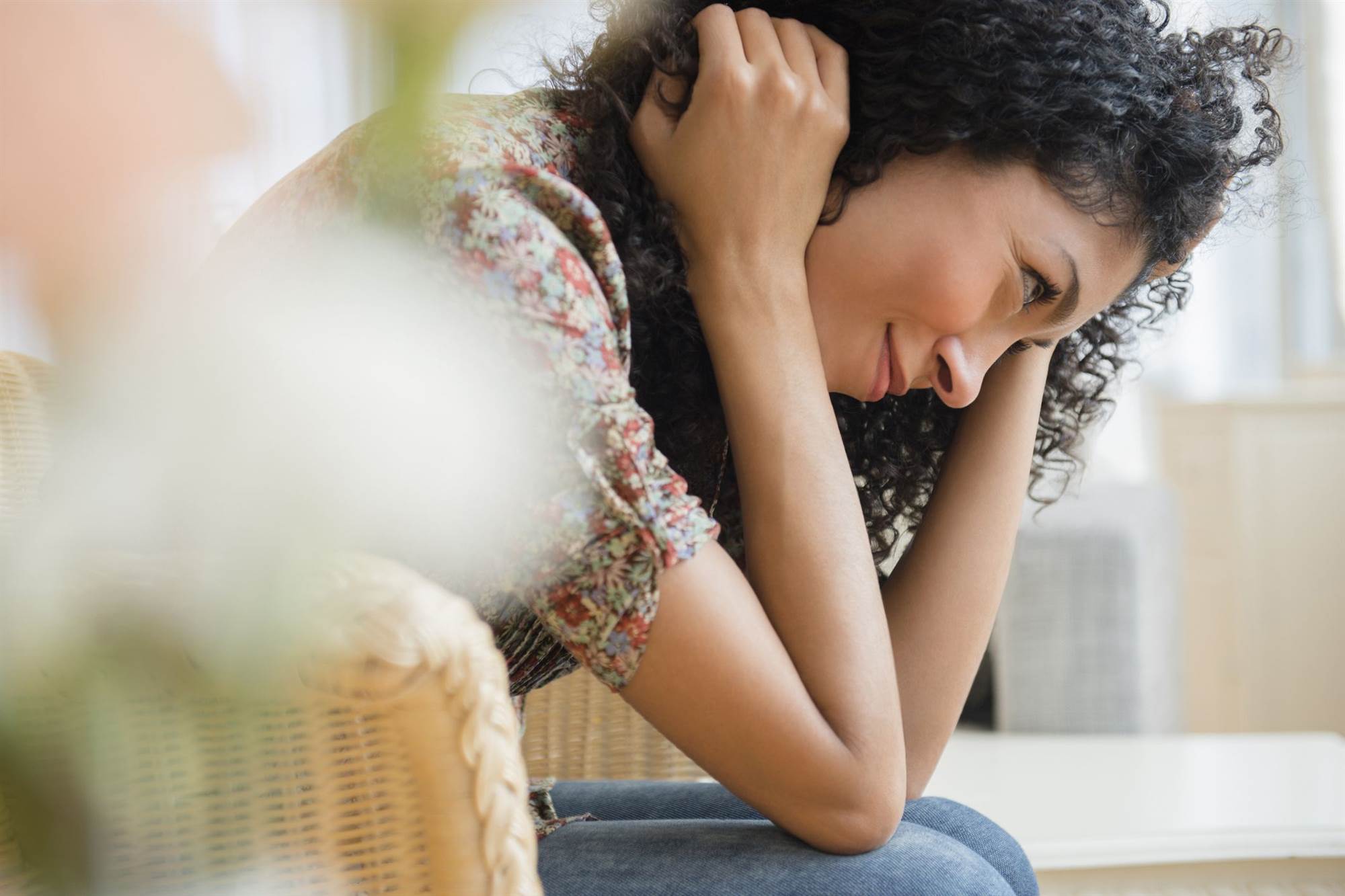
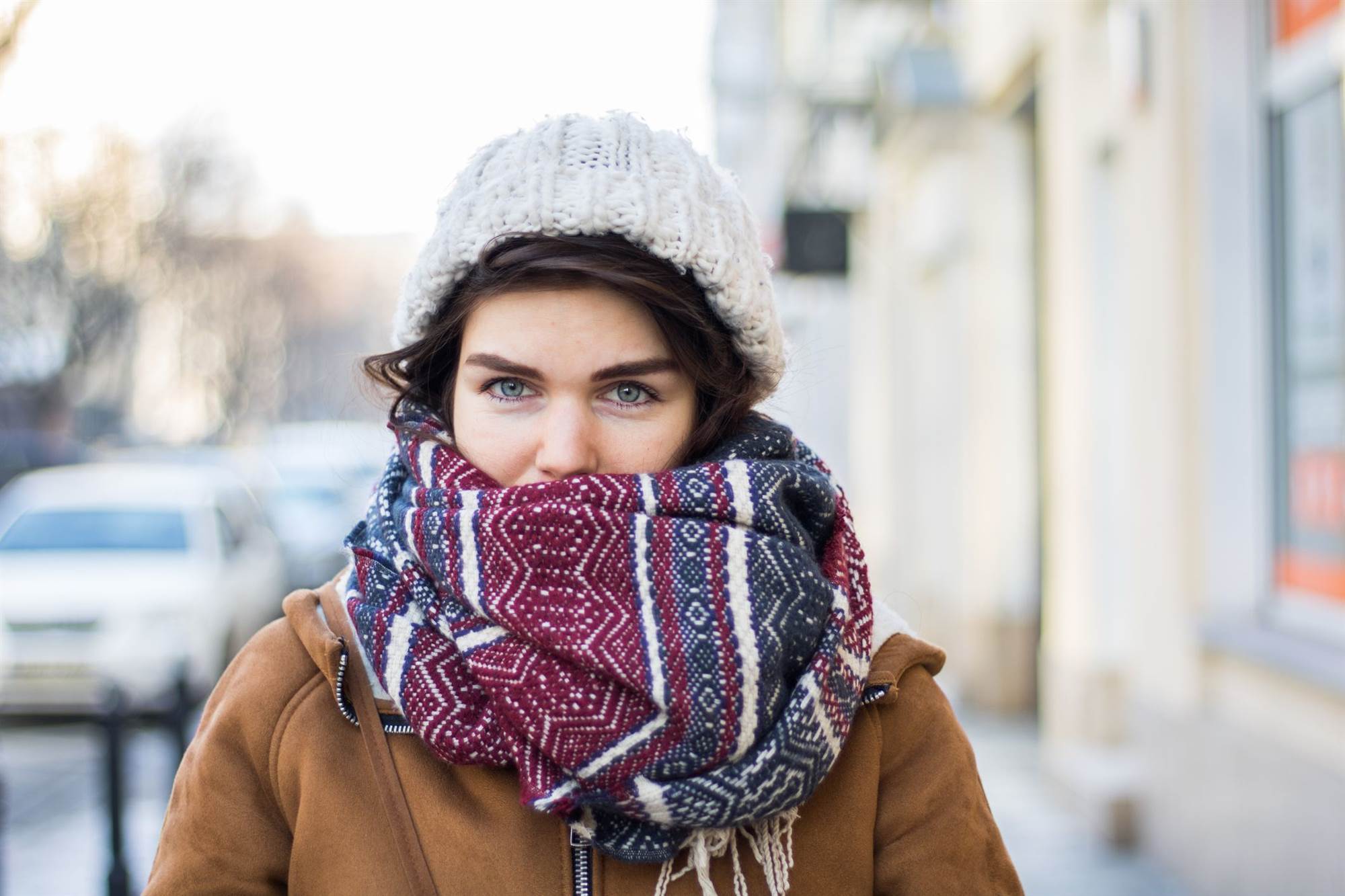

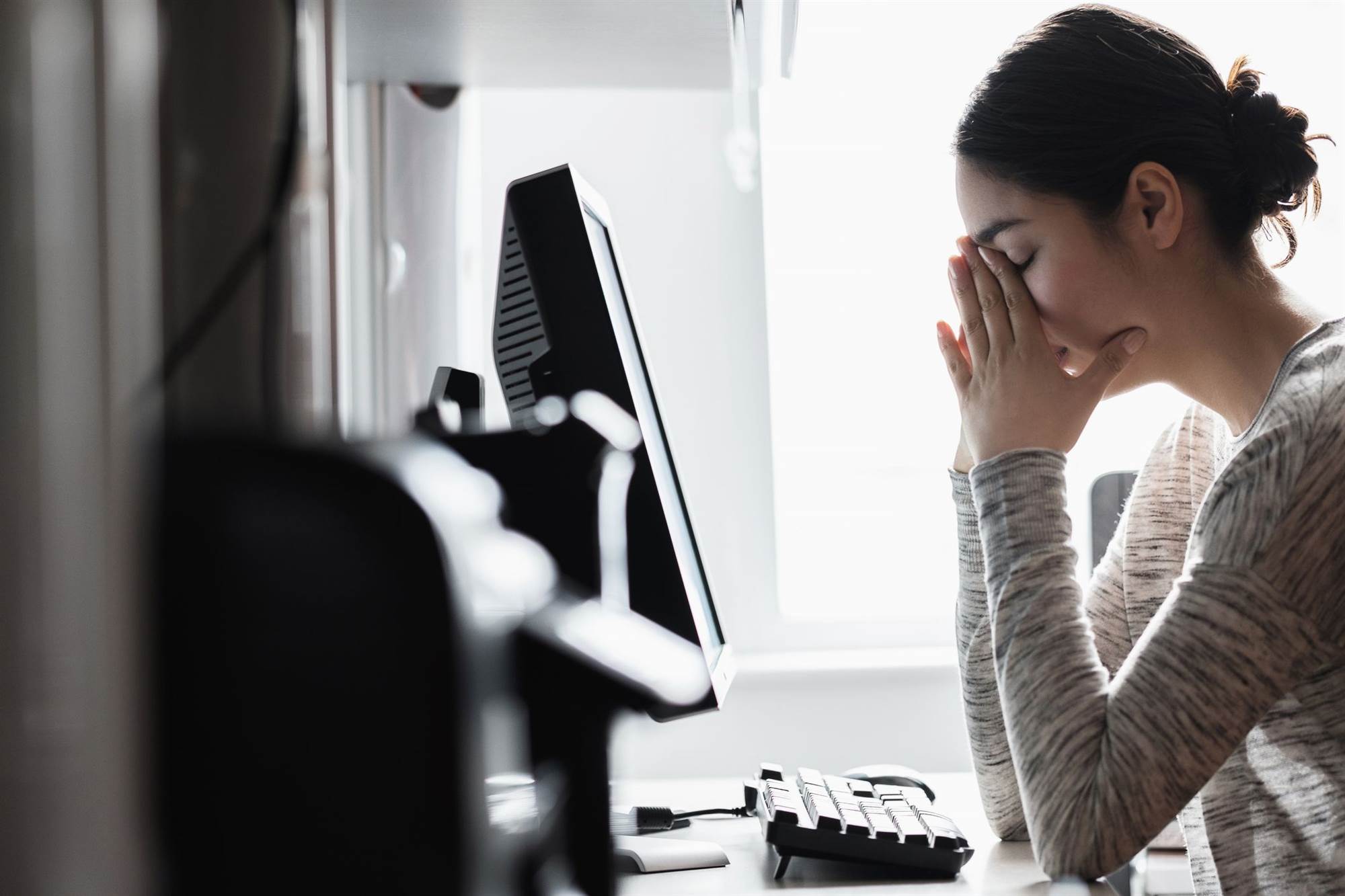

©Getty Images
Taphophobia
Taphophobia is the fear of being buried alive. Research suggests it arose (and probably peaked) during the 1700s at a time when plague was rampant, and people feared doctors or medical professionals would mistakenly pronounce them dead. Taphophobia was such a phenomenon that escapable “safety coffins” were a thing, and corpses were often stored for long periods before burial to ensure they wouldn’t wake up.
©Getty Images
Eisoptrophobia
Eisoptrophobia is the fear of mirrors or, more specifically, of seeing your own reflection in a mirror. Looking into a mirror can cause people with eisoptrophobia shame or distress, and can lead to depression, according to a 2014 case study detailing one 55-year-old woman’s 30-year struggle with this phobia.
©Getty Images
Ombrophobia
Ombrophobia is the fear of rain. It falls into a category researchers term “natural environment phobias,” which also includes hurricanes (lilapsophobia), snow (chionophobia), cold (cryophobia), and wind (ancraophobia). People with these phobias may be more likely to have some kind of formal weather-related education, which saddles them with “a greater understanding of the potential dangers associated with severe weather,” according to the authors of one recent study.
©Getty Images
Phonophobia
Phonophobia is an “abnormal” and “unwarranted” fear of sound, according to research from Malaysia. Researchers say these are often normal, everyday sounds that cannot possibly harm a person’s hearing or cause pain - stuff like doors closing or loud conversation. Phonophobia sometimes overlaps with a condition called “hyperacusis,” which is an abnormally strong reaction to sound, stemming from the part of your brain that processes noise.
©Getty Images
Numerophobia
Numerophobia is the fear of numbers, though not in the sense that a person believes giant 1’s or 0’s are hiding under the bed. (Although with all the recent hand-wringing about technology, maybe they should.) Instead, numerophobia usually pops up as a fear of doing math or dealing with numbers. There’s some evidence that numerophobic doctors may ignore new evidence-based best practices because of their aversion to numbers and statistics.
©Getty Images
Myrmecophobia
Myrmecophobia is a fear of ants. The term is usually applied to species of plants that recoil or don’t respond well in the presence of these insects. But research touching on phobias and insect “swarms” suggests that some people are also freaked out by ants. Some experts are also looking at swarm-based fears in order to predict how people may react negatively in the future if they’re surrounded by large numbers of robots. (Seriously.)
©Getty Images
Thalassophobia
Thalassophobia is a fear of the ocean or deep, open water. While thoughts of sea creatures lurking below the waves plays into this phobia, it’s often rooted in a fear of the unknown, writes Seán Harrington in the book Beasts of the Deep. “The deep sea offers us an oppressive and foreboding context - a space unexplored, unknowable and overwhelming,” he writes.
©Getty Images
Ephebiphobia
Ephebiphobia is a fear of teenagers or adolescents. Cultural and demographic researchers have long understood that nearly every generation of adults harbours mild forms of this phobia - meaning they look at teens as “out of control” or backwards in some way. For adults with more severe forms, spending time with teens can help dispel these fears.
©Getty Images
Past Life Phobias
There’s a good amount of research on people who believe in reincarnation, and who claim they remember details from their past lives. One study found that some children who claim to recall their previous lives suffer “unusual” phobias that they say are related to those past lives - and specifically the way they died. For example, a child might have an intense fear of water that she attributes to drowning in her past life.
©Getty Images
Aerophobia
Aerophobia is the fear of fresh air or the movement of air - such as drafts or breezes. Along with a fear of water, fear of air is one common symptom of rabies. Blowing or fanning air on a person with rabies can trigger muscle spasms and an “intense startling reaction,” shows one 2008 study.
©Getty Images
Alektorophobia
Alektorophobia is the fear of chickens or hens. One 2016 case study tells the story of an 18-year-old woman who had a frightening encounter with a hen when she was a child. Later, whenever she saw a hen or chicken, she worried about being pecked or attacked. She even started experiencing intense anxiety when dining out and seeing dishes that contained chicken.
©Getty Images
Amathophobia
Amathophobia is a fear of dust. Maybe not surprisingly, research has found it occasionally shows up among librarians - people who are constantly around dust-covered old books.
©Getty Images
Hippopotomonstro - sesquippedaliophobia
Hippopotomonstro - sesquippedaliophobia (which we had to hyphenate to have it fully appear on the screen) is, no joke, a fear of long words - whoever coined the name for this phobia has a sick sense of humour. It’s usually used in the context of patients with dyslexia, who may struggle with unusually long words. It’s also sometimes called “sesquipedalophobia.”
©Getty Images
Globophobia
Globophobia is the fear of balloons. “After being sensitised in childhood by exploding balloons, patients tend to avoid proximity to balloons,” writes the author of one recent BMJ report. That researcher says these patients often run into trouble when they have kids and encounter balloons at other children’s birthday parties.
©Getty Images
Phobophobia
Phobophobia is the fear of fear itself. It can lead to anxiety attacks and what some researchers describe as “free-floating anxiety.”Basically, these people are so hyper-aware of the ways becoming afraid will affect them that they struggle to function out of a fear that they'll experience fear.
©Getty Images
Zoophobia
Zoophobia is the fear of all animals. (The same term also applies to a category of more specific animal fears, such as a fear of dogs or snakes.) In some cases, this fear can cause people to stay housebound for fear of encountering an animal. Symptoms also include “excessive sweating, trouble controlling muscles, dizziness, fainting, elevated heart rate, rapid, and shallow breathing,” when encountering an animal, according to a recent study.
©Getty Images
Emetophobia
Emetophobia is the fear of vomiting. Researchers sometimes categorise this fear as a “social phobia,” because patients may fear vomiting because it would be embarrassing if it happened in front of other people. Looking at certain foods or feeling stomach activity can trigger the phobia, according to a study.
©Getty Images
Nomophobia
Nomophobia is the fear of being without a smartphone. Of course, this is a relatively new phobia. A recent study from Italy defines its characteristics as feeling “anxious or nervous” at the thought of losing your smartphone, or worrying about losing network coverage or battery power
©Getty Images
Urophobia
Urophobia is the fear of urinating. For those with bladder-control issues, the fear can stem from concern over having an “accident” in public. Some people also experience this fear when peeing around others (commonly known as “stage fright”), which some experts consider a specific subcategory of social anxiety.
©Getty Images
Somniphobia
Somniphobia is the fear of “initiating sleep,” or falling asleep. Some people experience sleep paralysis as they drift off - basically, not being able to move even through they’re still partly awake - and this can lead to somniphobia, according to a 2016 study.
©Getty Images
Ranidaphobia
Ranidaphobia is a fear of frogs (not to be confused with bufonophobia, which is a fear of toads). Unsurprisingly, a fear of frogs can cause people to avoid hiking in nature or visiting natural history museums.
©Getty Images
Panophobia
Panophobia is the fear of everything, and is a term sometimes used to describe patients with generalised anxiety disorders. One recent study found that many panophobics are often frightened by darkness or harmless noises. But, more broadly, people with panaphobia have fear stemming from no identifiable cause.
©Getty Images
Athazagoraphobia
Athazagoraphobia is the fear of forgetting or being forgotten. Having some experience with amnesia, or knowing someone who has endured amnesia, can trigger this fear, according to one 2012 study from Germany.
©Getty Images
Vestiphobia
Vestiphobia is the fear of clothing. In a lot of cases, this fear focuses on a specific type of garment. One case study detailed a military veteran who experience extreme anxiety whenever he needed to wear part of his uniform. Some other sufferers have issues with tight-fitting clothing - or with any clothing at all.
©Getty Images
Cibophobia
Cibophobia is the fear of food. And while that sounds a little ridiculous at first, one case study found this fear developed when a patient experienced painful muscle spasms after eating or swallowing.
©Getty Images
Erythrophobia
Erythrophobia is the fear of blushing. “Blushing can become a stubborn and incapacitating symptom that often severely restricts the patient’s social life,” say the authors of a study in Psychosomatic Medicine. Unfortunately for people with this phobia - and for anyone who feels a little embarrassed about blushing - trying to suppress a blush usually makes it worse, the study authors say.
©Getty Images
Frigophobia
Frigophobia is the fear of being cold. It may be especially common within Chinese culture because the Eastern philosophical principles of yin and yang hold that cold exposure is associated with heart ache, stomachache and illness, as well as a loss of vitality. One 45-year-old frigophobia sufferer described even mildly cold air “piercing” her skin and causing her headaches, body aches, and other symptoms, a case study found.
©Getty Images
Deipnophobia
Deipnophobia is the fear of dining or, more specifically, dinner parties. It’s not at all clear how this phobia develops - but it is listed in the Oxford Dictionary of Psychology, so some people have experienced it.
©Getty Images
Ergophobia
Ergophobia is the fear of work. According to one recent study on disability claims, people with ergophobia feel intense stress and anxiety surrounding their the work environment, impairing their ability to function properly. This anxiety can become severe and cause full-blown panic attacks.
©Getty Images
How should you deal with a phobia?
Exposure therapy is by far the most effective way to deal with a phobia. “It involves gradual confrontation of the thing you’re afraid of,” says Wolitzky-Taylor. “The basic idea is to disconfirm a person’s belief about what will happen.”
So let’s say you’re afraid of dogs. Exposure therapy might involve standing in a room with a dog, and then gradually moving closer to it and, eventually, petting it, she explains. Meanwhile, you’d be talking with your therapist about what exactly you’re worried about - say, the dog biting you or jumping on you. The therapist would point out that these fears aren’t coming to fruition, which would help recondition you to feel less fear.
“Sometimes negative things happen, and it can actually make therapy more effective,” Wolitzky-Taylor says. She explains that usually these events - the dog jumping on you - aren’t as bad as your mind thought they would be. So that negative experience actually helps shrink your fears down to size.









.png&h=193&w=250&c=1&s=1)
